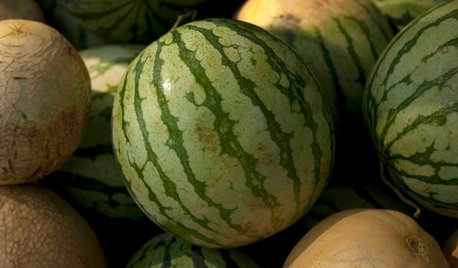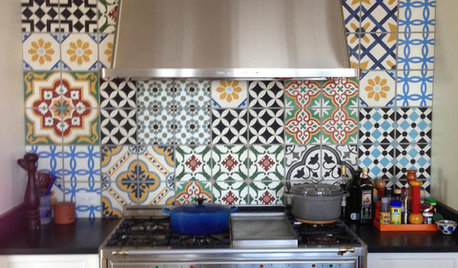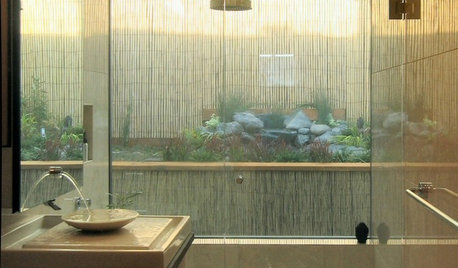So they like melons...
nhrdls
9 years ago
Related Stories

GARDENING GUIDESSummer Crops: How to Grow Melons
Drink in the refreshing sweetness of melons from your own garden this summer — they can last well into fall too
Full Story
FUN HOUZZSo Your Style Is: Sci-Fi Past and Future
Are you more likely to search for design ideas at Comic-Con than High Point Market? If so, the future of decorating is yours
Full Story
DECORATING GUIDESSo Your Style Is: Colorful
Somewhere over the rainbow are rooms as vivid and unique as you are. Here's how to make the colorful look work like a charm
Full Story
DECORATING GUIDESSo Your Style Is: Cottage
Cheerful, laid back and welcoming, cottage style feels like a giant hug. Find out how to make this appealing look work its magic
Full Story
DECORATING GUIDESNo Neutral Ground? Why the Color Camps Are So Opinionated
Can't we all just get along when it comes to color versus neutrals?
Full Story
DECORATING GUIDESSo Your Style Is: Eclectic
This playful, personal home design style shakes up conventions and bridges the gap between other looks. Here's how to master the mix
Full Story
TILESo Many Reasons to Love Cement Tiles
You’ll notice their beautiful patterns right away, but cement tiles have less obvious advantages too
Full Story
DECORATING GUIDESSo Your Style Is: Japanese
Peaceful and pure, Japanese interior design style celebrates the ancient customs of the East
Full Story
EVENTSMaker Faire: Pancake Printers, an Electric Giraffe and So Much More
Passionate makers bring their latest wares to an annual festival where creativity meets tech
Full Story
DECORATING GUIDESSo Your Style Is ... ‘Wet Hot American Summer’
11 ways to bring nostalgic early-’80s camp fun to your home
Full StorySponsored
More Discussions






Mooshy
Jasdip
Related Professionals
Salem Landscape Architects & Landscape Designers · Belvedere Park Landscape Contractors · Mission Landscape Contractors · Roswell Landscape Contractors · Tamarac Landscape Contractors · Tehachapi Landscape Contractors · Washington Landscape Contractors · Wickliffe Landscape Contractors · Okolona Stone, Pavers & Concrete · Acushnet Stone, Pavers & Concrete · Belleville General Contractors · Duncanville General Contractors · Elyria General Contractors · Flint General Contractors · Leominster General Contractorschuckiebtoo
equinoxequinox
hummersteve
Joyousfree
equinoxequinox
HIFromCA
Jasdip
hops_on_pop
Jasdip
hummersteve
equinoxequinox
pskvorc
Jasdip
Joyousfree
nhrdlsOriginal Author
Niivek
Jasdip